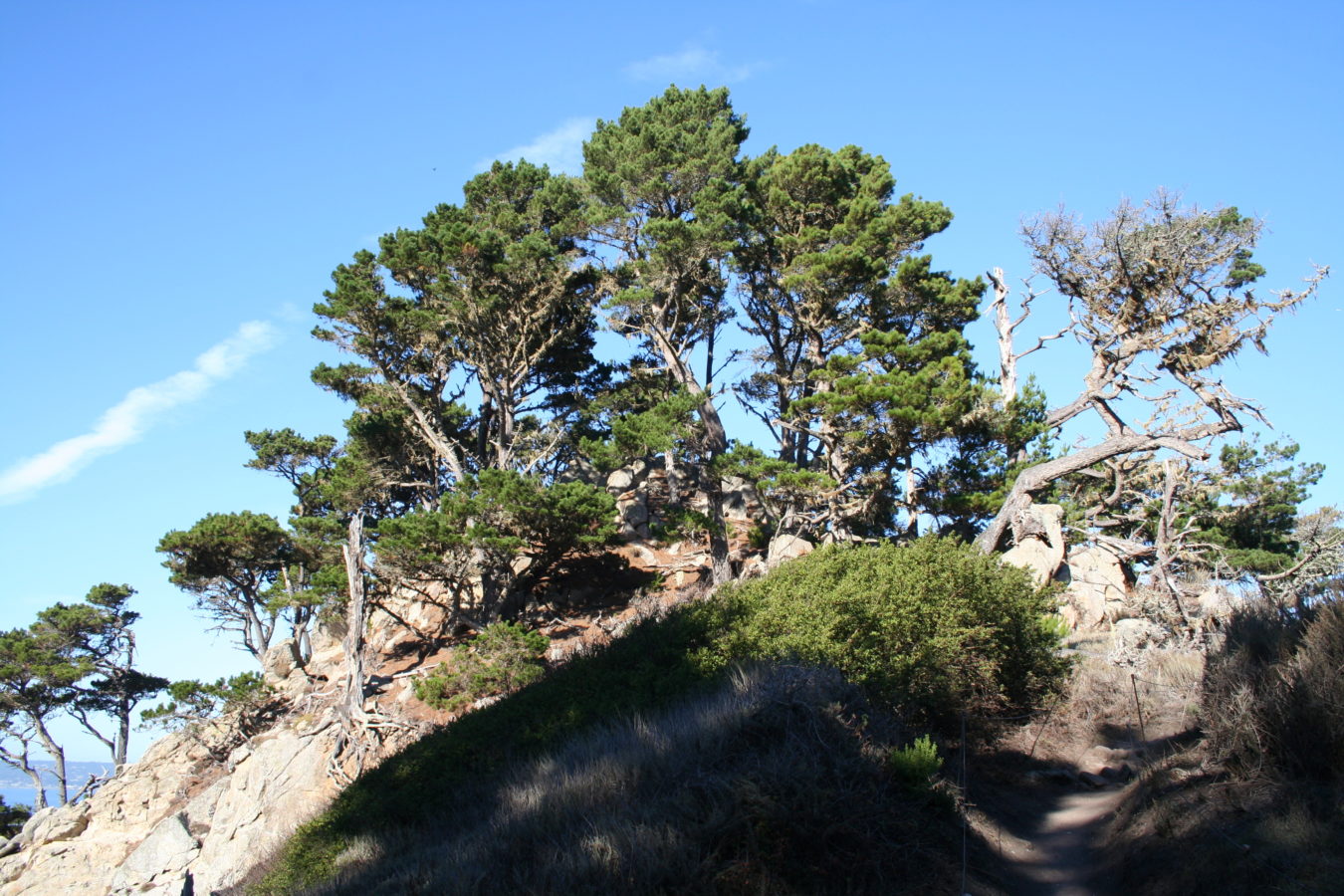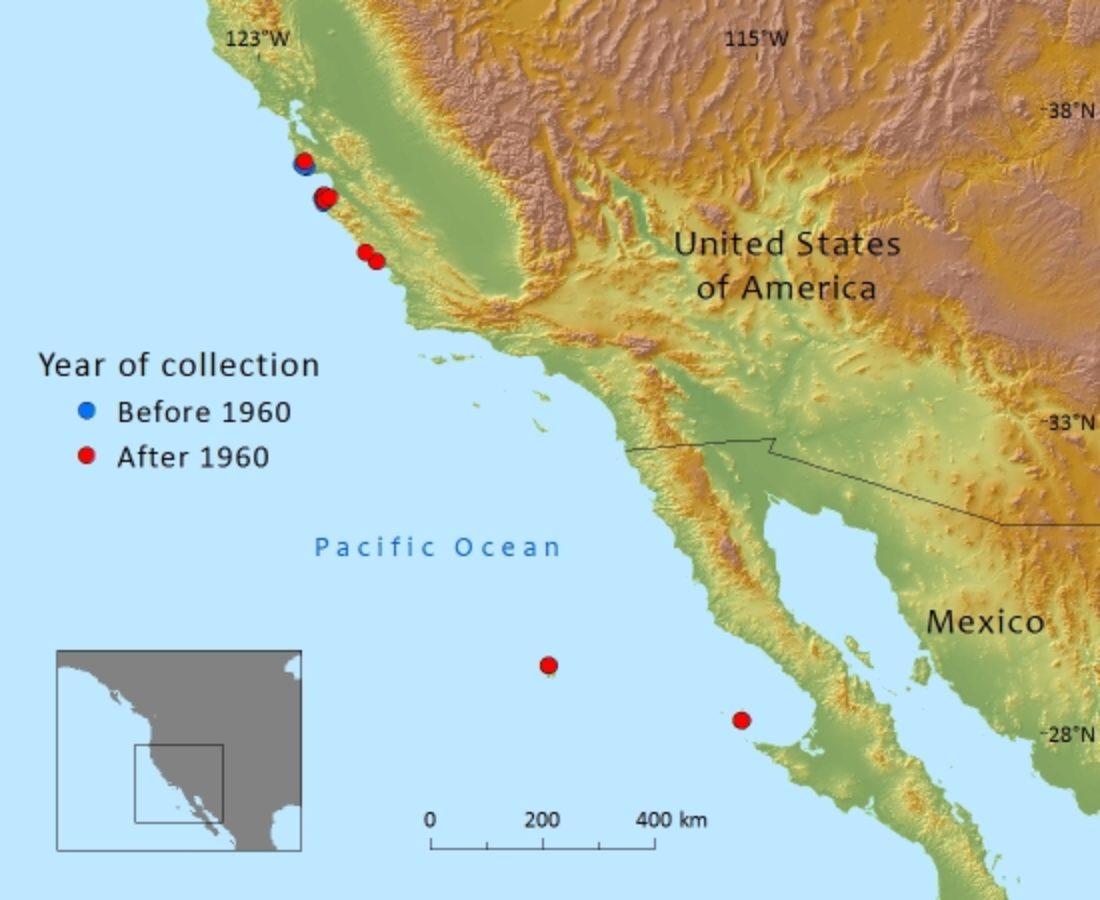Pinaceae
Pinus radiata
Distributed on the Pacific coast of California and on two islands off the coast of Mexico, it is threatened by feral goats on the islands and by an introduced pathogen, and competition from other trees in the absence of periodic fires on the mainland
Human Uses
Radiata pine, as it is commonly called, is the most widely planted tree species in the world. Its tiny natural relict stands fall into insignificance to the millions of hectares planted in Australia, New Zealand, Chile, Argentina, Uruguay, South Africa, Kenya, and Spain. Provenance is almost exclusively from mainland California. Its spectacularly rapid growth under plantation conditions is the main reason for its success in commercial forestry and for many of the above mentioned countries it is the most important timber tree. The wood is rather brittle and coarse grained and most suitable for pulp wood, but in many countries where it has been introduced it is also put to other uses. These are e.g. construction, carpentry and joinery, veneers, furniture, laminated wood, and crates and boxes. This species has been widely planted as a landscape tree in urban areas, parks and large gardens, where it can grow to huge size in relatively short time. It is a very suitable tree to form a living screen against wind and traffic noise and tolerates relatively high levels of air pollution.
References and further reading
- Anonymous. (1999). Fungus threatens pines worldwide. American Forests, Autumn 1999, p. 14.
- Farjon, A. (2001). World Checklist and Bibliograpy of Conifers. 2nd edition. The Royal Botanic Gardens, Kew.
- Farjon, A. (2013). Pinus radiata. In: IUCN 2013. IUCN Red List of Threatened Species. Version 2013.1. <www.iucnredlist.org>. Downloaded on 13 July 2013.
- Libby, W. J., M. H. Bannister & Linhart, Y.B. (1968). The pines of Cedros and Guadalupe Islands. J. Forest. 66:846-852.
- Rogers, Deborah L. (2002). In situ genetic conservation of Monterey pine (Pinus radiata D. Don):Information and recommendations. Report no. 26. Genetic Resources Conservation Program, Division of Agriculture and Natural Resources, University of California. 92pp.
- Rogers, D.L., J.J. Vargas Hernández, A.C. Matheson & Guerra Santos, J.J.. 2002. The Mexican island populations of Pinus radiata: an international expedition and ongoing collaboration for genetic conservation, in Forest Genetic Resources No. 30



